Beam & Anchor
Likeminded artisans gather in a collaborative workspace in Portland
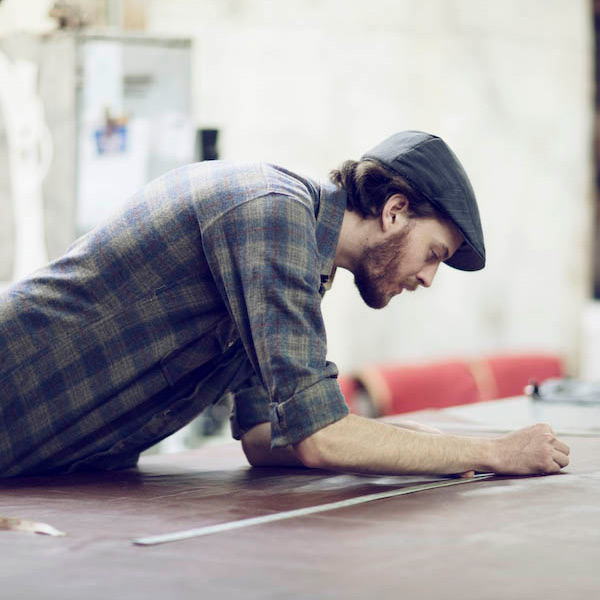

For some people, the constant rattling of trains outside their window might be irritating. But for Beam & Anchor co-founders Robert and Jocelyn Rahm, it sounded just right. “I grew up in a small town in Missouri,” said Robert. “The trains sound like home.”
For years the Rahms had dreamed of opening a collaborative workshop for a dedicated community of likeminded artisans. The first step was finding the appropriate space, which they did in a beloved, but neglected, warehouse in the heavily industrial north Portland neighborhood of Albina. Surrounded by the eerie echoes of bands practicing in nearby garages and puffs of steam from Widmer Brothers Brewing the next block down, the space was theirs after eight months of persuading the owner to hand over the keys. “The owner really loved the building and didn’t need the money,” says Robert. “We had to convince him that we were really using it, that we’d honor it and were trustworthy.”
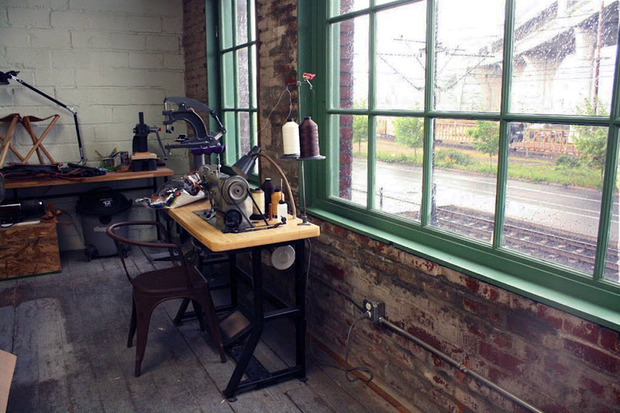
Earlier this spring, Beam & Anchor finally opened its doors. Stepping inside is not unlike stepping inside the Rahms’ home, which is understandable given that their primary goal for the space was that it should feel like one in its decor and furnishings. The upstairs floor of the two-story building houses a half-dozen “makers” and their employees, like Taylor Ahlmark and Nori Gilbert of Maak Soap Lab and Wood & Faulk‘s Matt Pierce, where they painstakingly craft the richly detailed soaps, furniture, bags and other goods to sell in the retail store below. Robert accents their displays with interesting vintage finds like an antique gurney from the Korean War, among others.
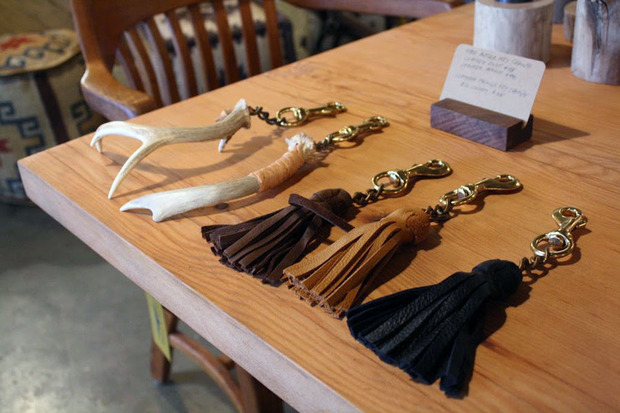
To characterize the space as merely a workshop and store, however, would ignore the building’s animating spirit. Upstairs, an open kitchen with a large dining table serves as a gathering space, and most of the workshops are separated from each other with floor-to-ceiling curtains instead of walls—except for the wood shop, which is partitioned off because of sawdust and noise. However, even that wall has a glass viewing panel through which visitors to the building can see furniture coming together.
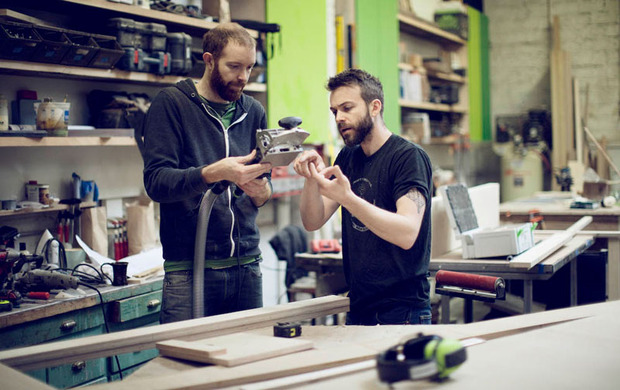
Some of the craftspeople, like Jocelyn’s brother Bren Reis, knew the couple beforehand; Reis is a woodworker who founded Earthbound Industries. Others sought them out once word of the project spread. “Community is so central to what we do here,” says Jocelyn. Robert adds, “We aimed to pick people that we would have over for dinner.”
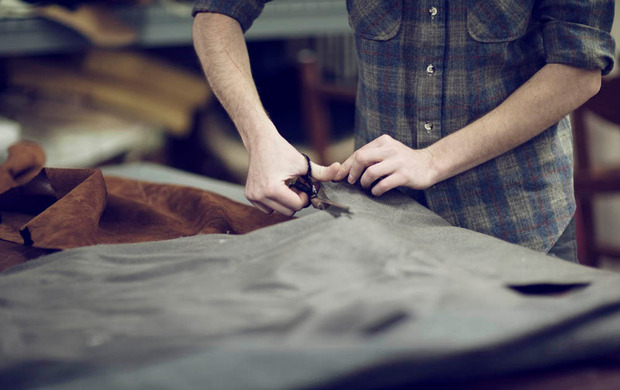
That community spirit serves as a foundation for the Rahms’ plans to host community events like “maker networking” suppers and a summer music series, are underway, and there’s been some interest in setting up food carts in the parking lot.
Beam & Anchor’s early and enthusiastic reception belies the popular belief that creativity thrives in isolation. With support, encouragement and a constant infusion of new ideas, Portland makers have a haven in which to nurture their ideas. The best part is that the building, as a dynamic experiment, is not that difficult to duplicate. All you need is a germ of an idea and an empty building to see it grow.









